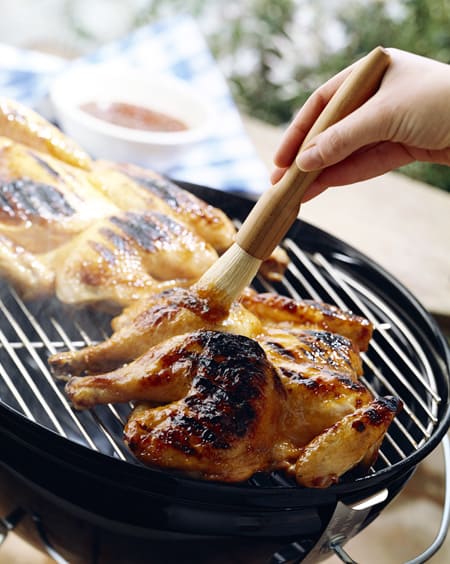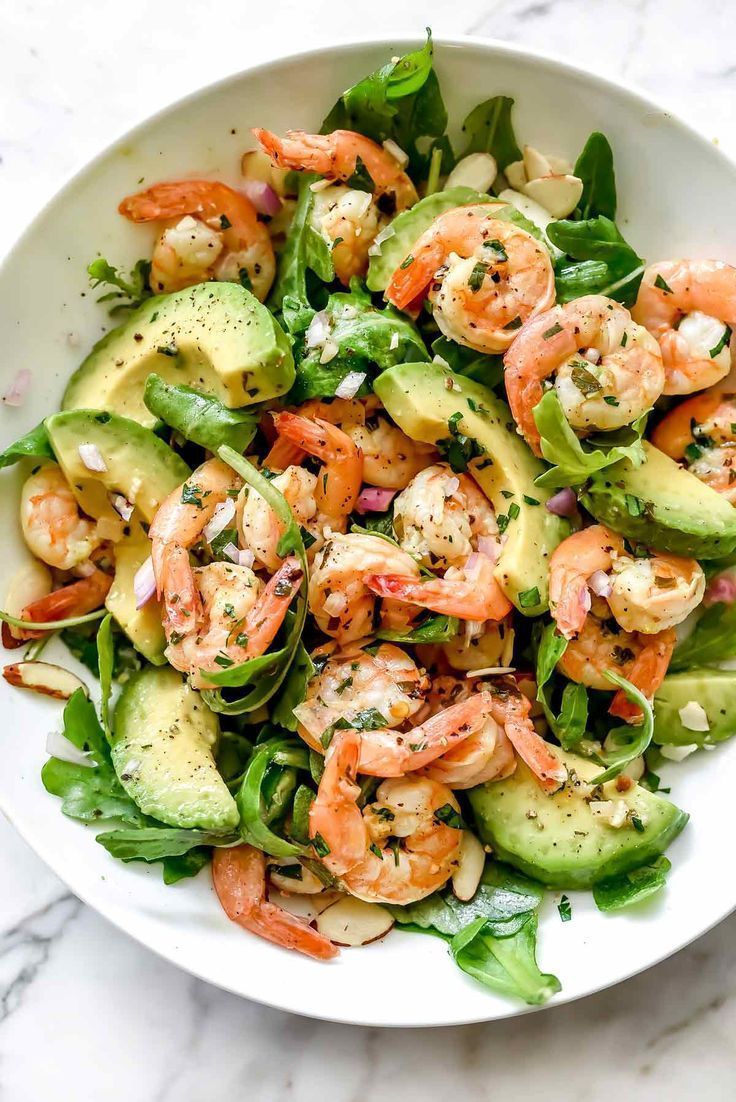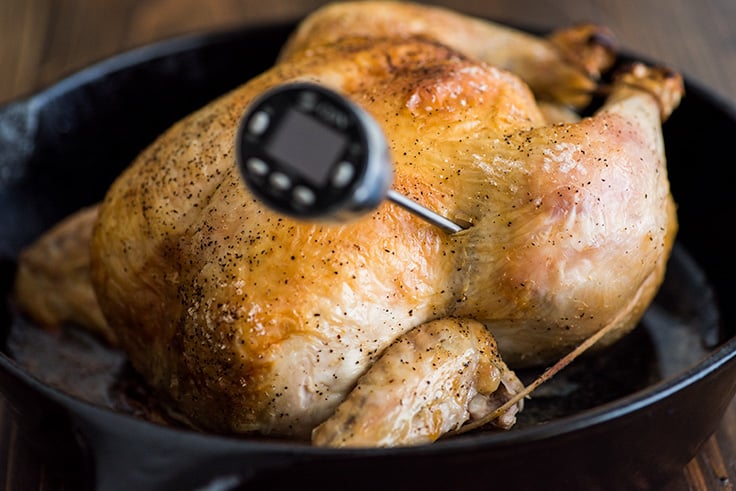
It may be worth looking into a different type of grill oil to use for your barbecue. There are many factors to consider when buying a grill oil. But it is crucial to make sure that your food stays safe. A good oil should be lightweight and easy to move when it is heated. It is also important to consider how much time and effort you are willing to put into cooking and preparing your meals.
Before you begin to prepare grilled meals, you should first oil the grill grates. There are many options for vegetable oils. Canola oil can be used, as well as peanut oil and coconut oil. You can also use spray-cans of vegetable oil. Apply the oil to the grates once they are clean. This process should be repeated once or twice per month to ensure an even layer. Once the grill is clean, apply oil to the grate.

You must season the oil before using it. You need to choose the oil that has a high smoke point. Avocado oil makes the best grill grate oils. It only contains 14 grams of saturated oil. It is best to store it in a dark, cool place. Corn oil is another alternative for grill grate oil. This product is cheap and has a neutral flavor. If you are planning to use the product for a prolonged period of time, it is not recommended that you purchase it.
Grill oil with a high smoke point and higher percentage of polyunsaturated oils is best. It has a good taste and won't affect the taste of the food that you are grilling. It will also keep fish from sticking to the grates. Some customers reported that their oil smells rancid after months of storage. For this reason, you should store the oil properly. Oil should be purchased only when it is absolutely necessary.
The best grill oil for high-temperature cooking is Canola oil. It is great for grilling because of its high smoking point. It is ideal for sauteing and grilling meats. It is neutral tasting and can be used as an alternative to other cooking oils. Canola oil can be a great choice for people who are conscious about their health. Canola oil is great for the heart, and has a light flavor. It's also great for high heat grilling.

The best grill oil is the kind that is suitable for your barbecue. It should be resistant to high temperatures. It is best to apply a small amount and wipe it all over the grates. The oil should not be too thin as too much can cause flare-ups. A high-heat-resistant grill oil is recommended if you want to cook with it. This oil is sufficient for most uses. It won't affect the cooking temperature.
FAQ
What are the Qualifications to be a Chef
You must hold a bachelor's in culinary arts to be a chef. A number of ACF tests will be required. After you have completed all requirements, you will receive a certificate confirming your qualifications.
Where can I find high-quality kitchen equipment?
You can order high-quality kitchen appliances online. You can find all kinds of kitchen tools on a variety of websites. However, it is important to check reviews and ratings before making any purchase of kitchen equipment. Ask other owners if they have any recommendations.
Are there any free online cooking classes?
Many websites offer cooking lessons for free. YouTube offers many videos on how to cook various meals. Some websites give you access to thousands of recipes. These sites usually require you to pay a monthly fee, but you can try them out for free for 30 days.
Statistics
- under 10 Kids have been taught that there is special food just for them, and Fiese says that 10 percent of kids will throw a tantrum if they don't get the food they want. (washingtonpost.com)
- In the United States, the category is estimated at $23.2 billion annually and is growing faster than the market. (washingtonpost.com)
- The median pay for a chef or head cook is $53,380 per year or $25.66/hour, according to the U.S. Bureau of Labor Statistics (BLS). (learnhowtobecome.org)
External Links
How To
How to make an omelet that is perfect
Omelets is one of my favourite breakfast foods. But how do they turn out so perfectly? Many different recipes and methods have failed to work for me. So I wanted to share some tips and tricks so that you can make delicious, fluffy omelets every morn.
Before we start making omelets, let's remember that eggs are temperamental. Eggs must be purchased fresh, preferably organic, and kept chilled until ready for cooking. If you don't keep them cold enough, the whites won't form properly, and the yolks will break down too much and become runny. This can make your omelets look bizarrely colored. It is best to use room-temperature eggs if you are going to cook them right away.
Another tip is to separate the egg before adding it to the pan. Because this could cause your omelet to become curdled, you don't want any yolk to be mixed with any white.
If you add the egg directly onto the stovetop, you might end up burning the bottom part of the egg, which would ruin the texture of your omelet. Instead, heat the egg for 10 seconds in the microwave before placing it in the pan. The microwave heat will cook the egg just right without making it too hot.
Next, let us talk about how to mix the eggs. Mixing eggs together is important. You need to beat them well. You can do this by turning the bowl of your mixer upside down. Then shake the bowl vigorously. The egg will be thoroughly mixed in the bowl as the air is whipped.
The fun part is now - adding the milk to the mixture. The first step is to pour half of the milk in the beaten eggs. Next, fold the eggs into the remaining milk. Do not be alarmed if there are still egg streaks visible. Once the omelet flips, these streaks will disappear.
After you have done folding the eggs, heat the pan on medium heat. The oil will start to smoke. When the oil is hot enough, add 1/4 cup butter to the pan. Stir it around until the butter covers the entire pan. Open the lid and sprinkle salt on the pan. Salt will prevent the omelet sticking to the pan.
Once the omelet has formed completely, cover the pan and let it set for a few minutes. Use a spatula to flip the omelet or turn the pan upside-down. Cook the other side for another minute or two. Remove the omelet from the pan and serve immediately.
This recipe is best made with whole milk. However, it can also be used with skimmed milk.